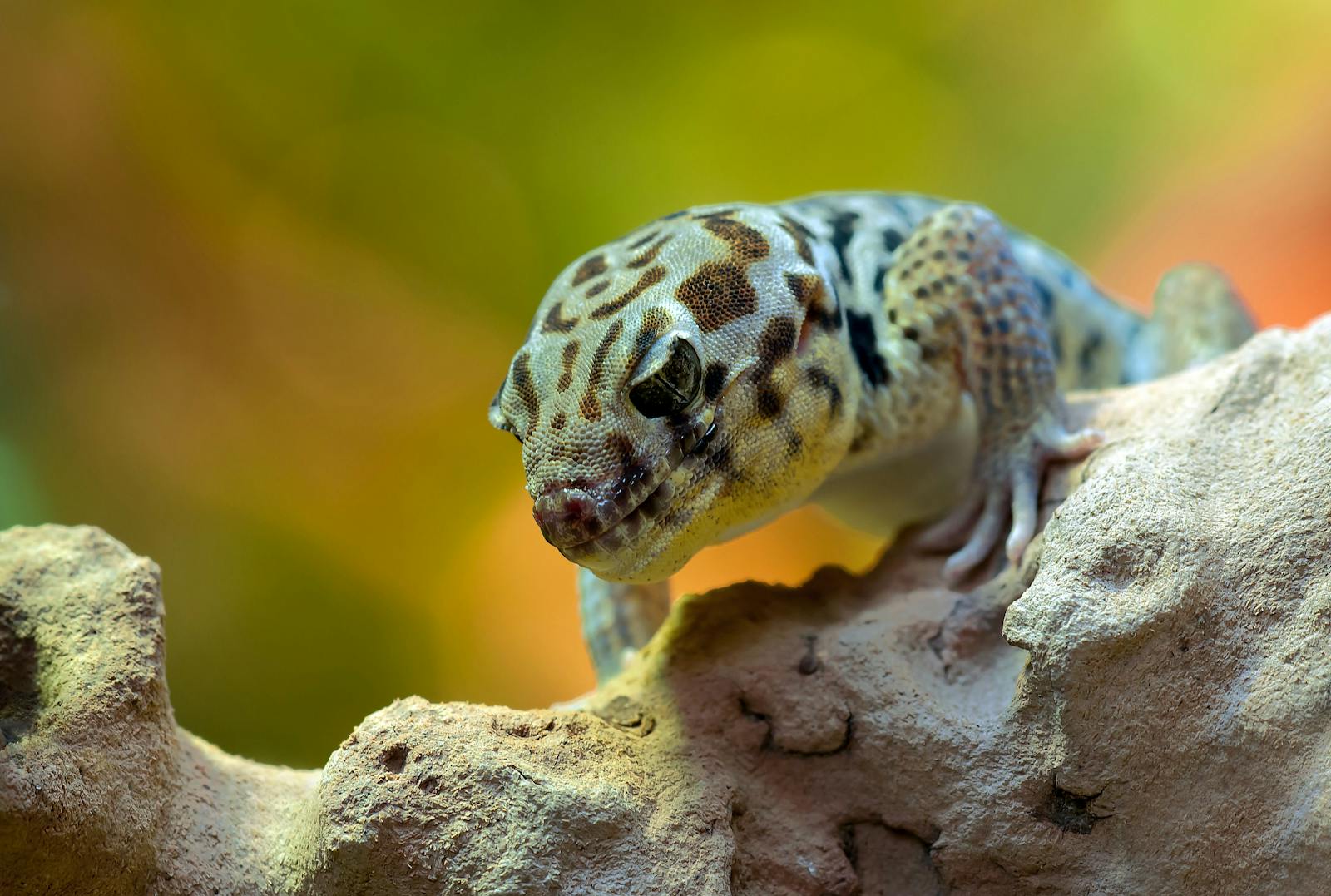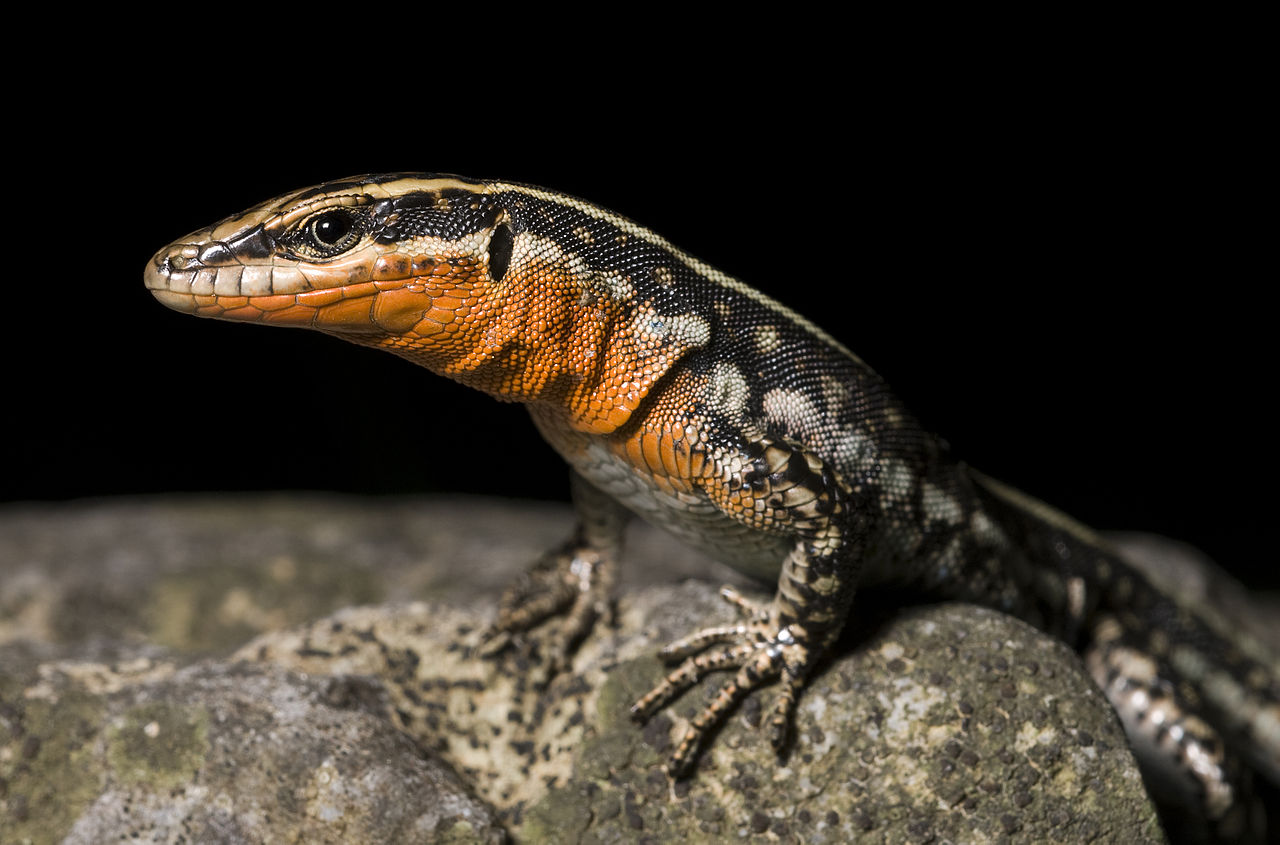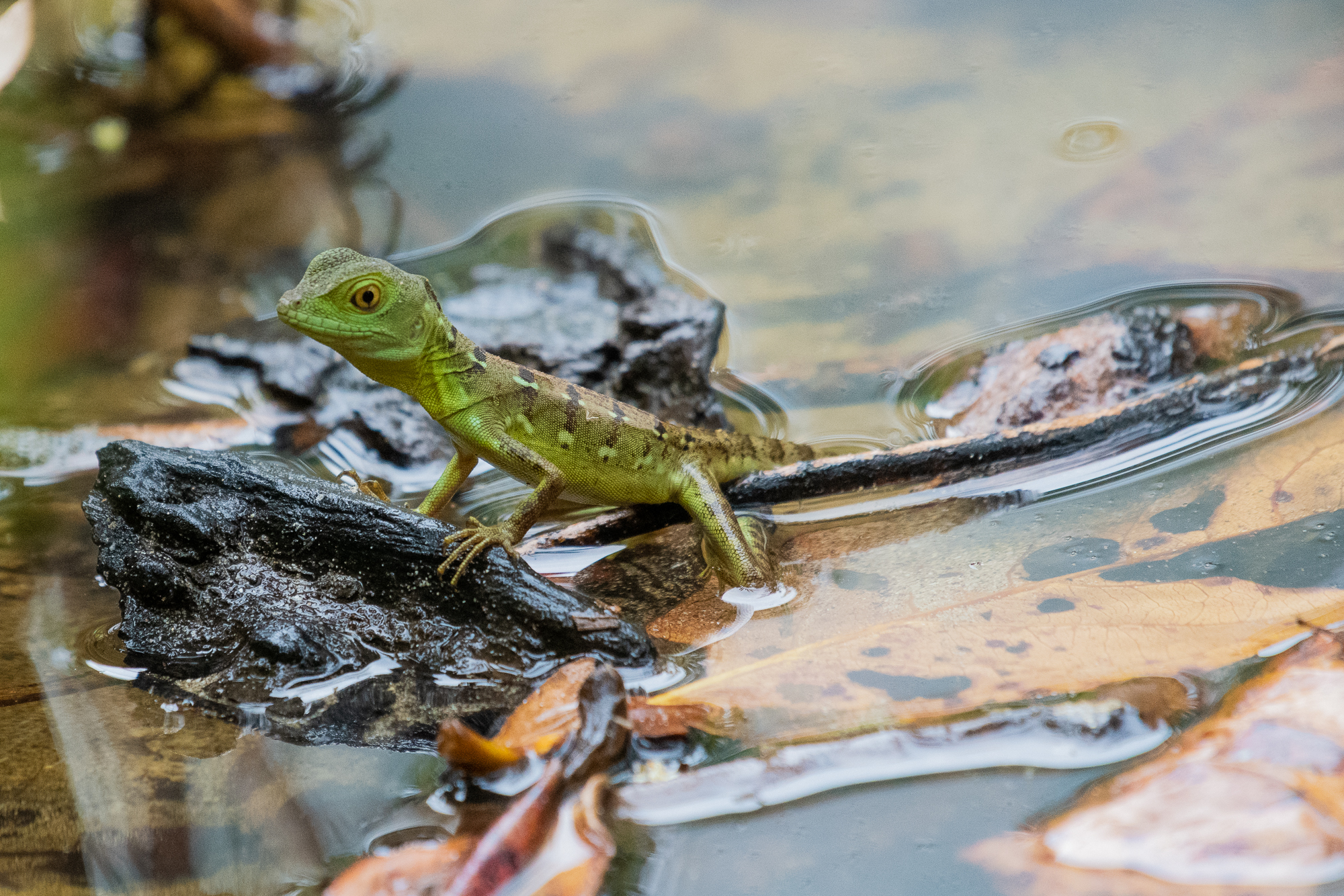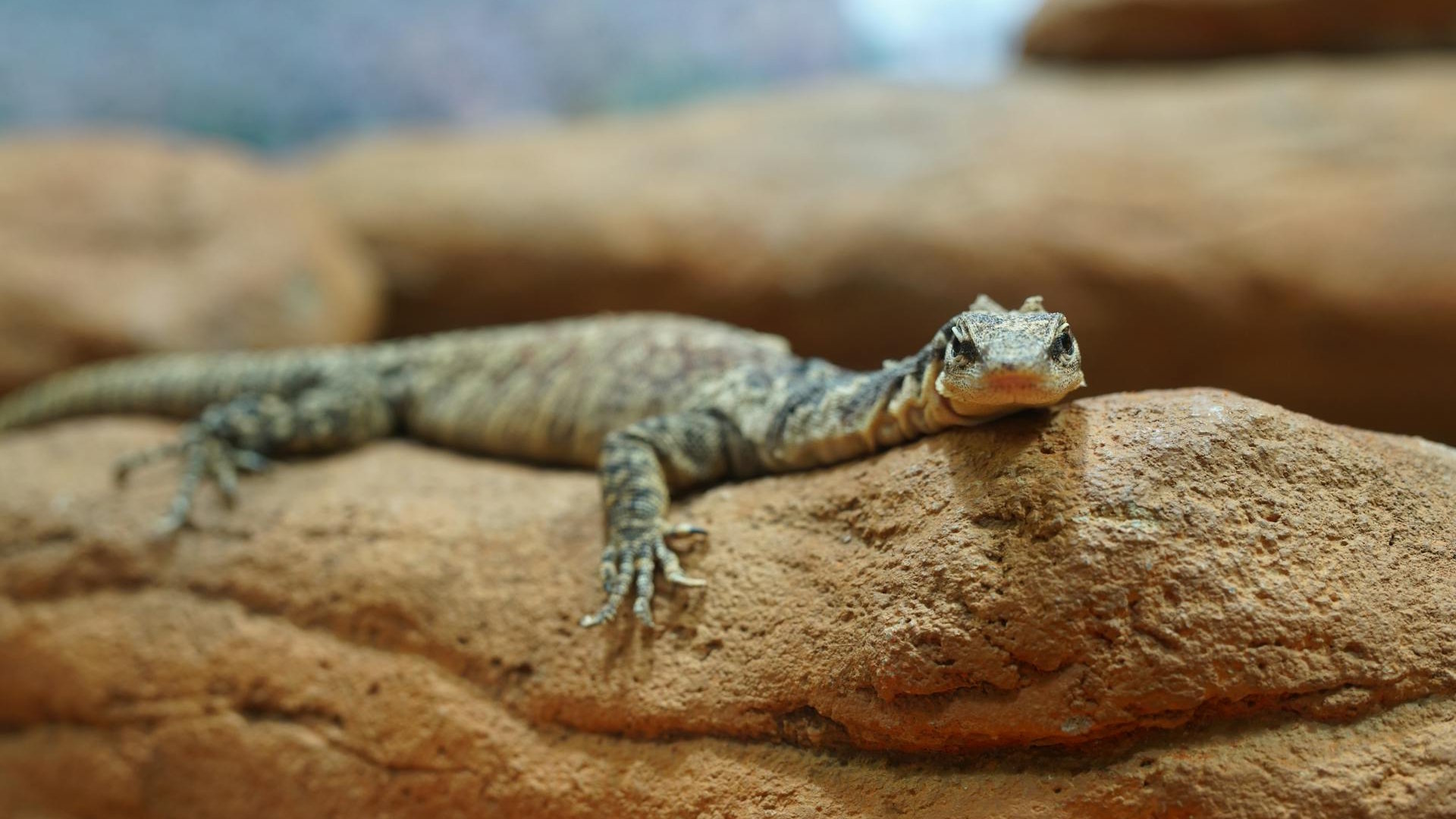The exotic pet world is filled with fascinating creatures that captivate collectors and enthusiasts alike, but perhaps none generate quite as much intrigue as high-value reptiles. Within this specialized market, certain lizard species command astronomical prices that might shock the average pet owner. From rare color morphs to endangered species with limited availability, the upper echelon of the lizard trade represents a unique intersection of rarity, beauty, and status symbol. This article explores the most expensive lizards in the pet trade, examining what drives their extraordinary values, the ethics surrounding their collection, and what potential owners should know before considering such a significant investment.
The Coveted Green Tree Monitor
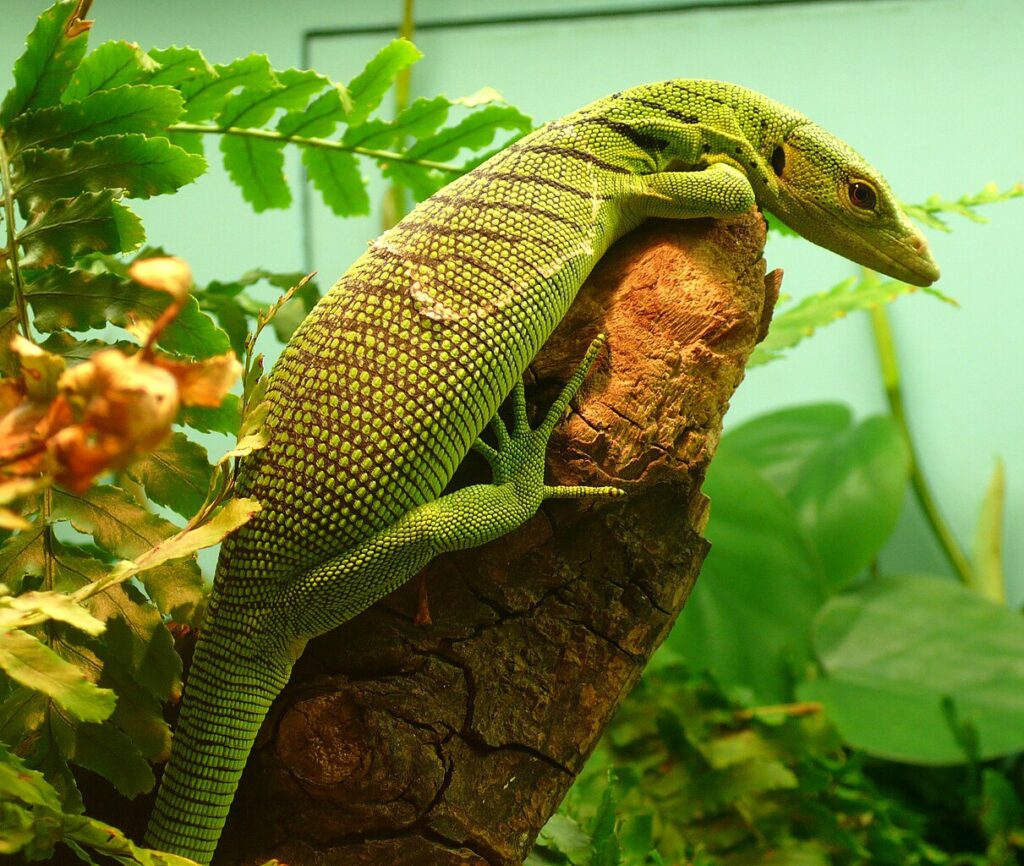
Among the most expensive lizards available to collectors is the Green Tree Monitor (Varanus prasinus), a striking emerald species native to New Guinea and surrounding islands. These arboreal monitors can command prices starting at $3,000 for standard specimens, with rare locality variants or exceptional examples reaching $10,000 or more. Their vibrant coloration, relatively small size compared to other monitors, and specialized care requirements contribute to their premium pricing. Green Tree Monitors require elaborate enclosures with high humidity, specialized climbing structures, and strict environmental parameters, making them suitable only for experienced keepers who can meet their complex needs.
Blue-Spotted Tree Monitor: A Living Gem
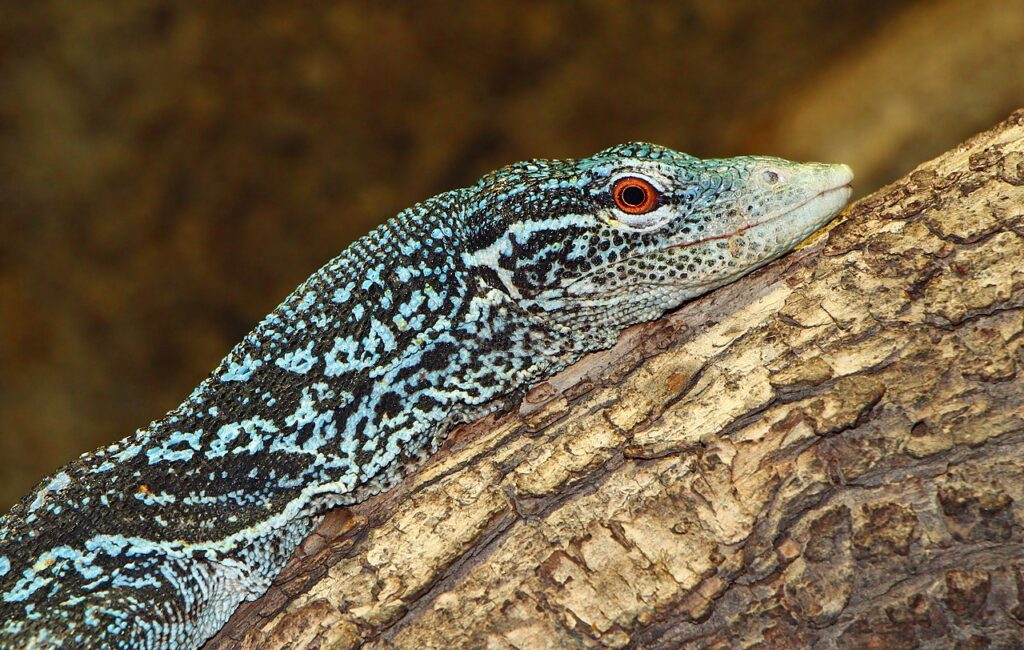
The Blue-Spotted Tree Monitor (Varanus macraei) represents one of the pinnacles of monitor lizard collecting, with prices frequently exceeding $7,000-$12,000 for captive-bred specimens. Discovered relatively recently in 2001 on the small Indonesian island of Batanta, these lizards display an extraordinary pattern of vibrant blue spots against a black background, creating one of the most visually striking reptiles in existence. Their limited natural range, challenging breeding requirements, and relatively recent introduction to the hobby all contribute to their exceptional value. Ownership of a Blue-Spotted Tree Monitor signals both serious financial commitment and advanced reptile keeping skills, as these animals require specialized arboreal habitats with precise temperature and humidity gradients.
The Legendary Komodo Dragon
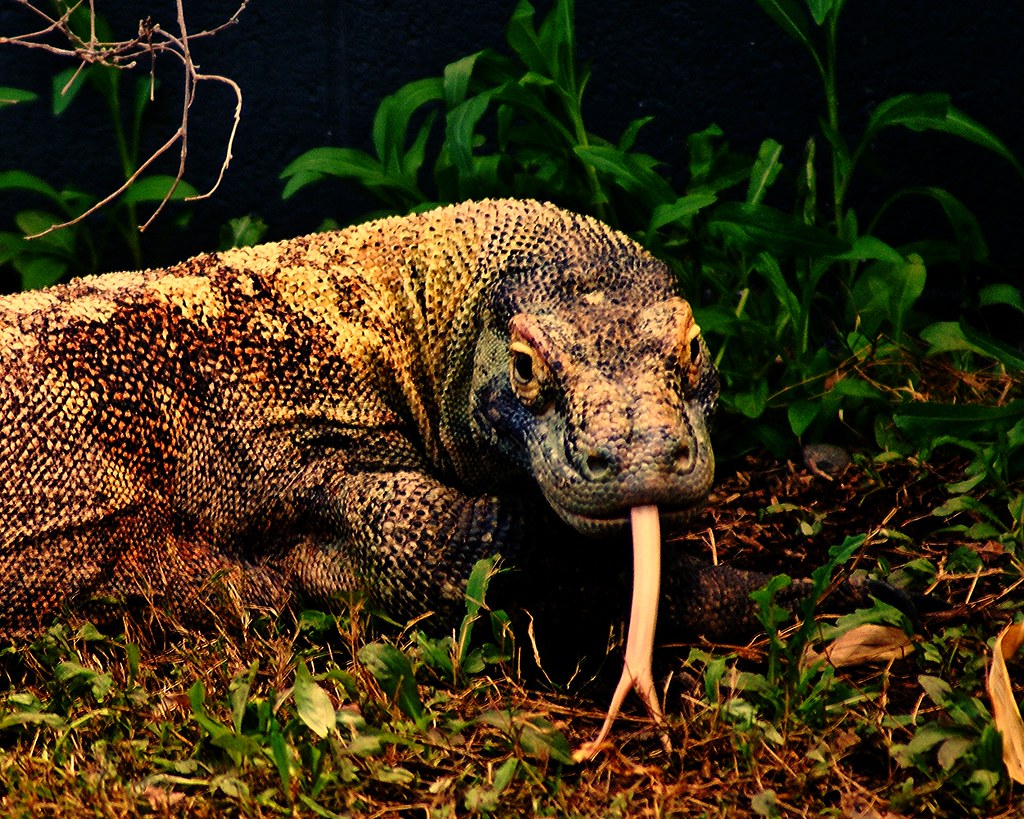
While not typically available in the conventional pet trade due to legal restrictions and conservation concerns, the Komodo Dragon (Varanus komodoensis) represents the most expensive lizard species that has occasionally entered private collections through special circumstances. When legally available through official channels like zoo surplus or conservation programs, these massive predators have commanded prices exceeding $30,000-$50,000, not including the extensive facility requirements. The immense cost reflects not just the rarity but the extraordinary housing requirements—specialized enclosures can cost hundreds of thousands of dollars to build and maintain properly. Only a handful of private individuals worldwide have ever legally owned these protected animals, typically through special arrangements with zoological institutions or government programs.
Albino and Melanistic Iguanas
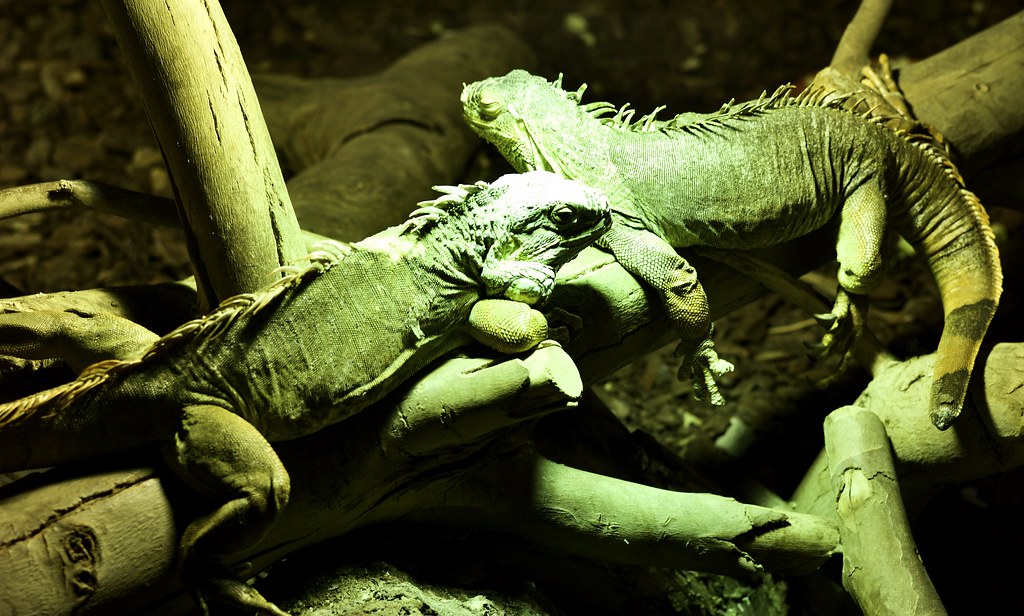
Rare color morphs of Green Iguanas represent some of the most expensive commonly-available pet lizards, with true albino specimens commonly priced between $3,000-$5,000 and the rarer melanistic (black) iguanas sometimes exceeding $10,000. These color variations occur naturally at very low rates in wild populations but have been selectively bred in captivity to establish viable breeding lines. The challenge in producing these morphs lies in the recessive nature of the genes involved, requiring multiple generations of careful breeding to produce consistent results. Beyond their striking appearance, these specialized iguanas require the same extensive care as their standard counterparts—large enclosures, specialized diets, and commitment to an animal that may live 20+ years with proper care.
The Priceless Psychedelic Rock Gecko
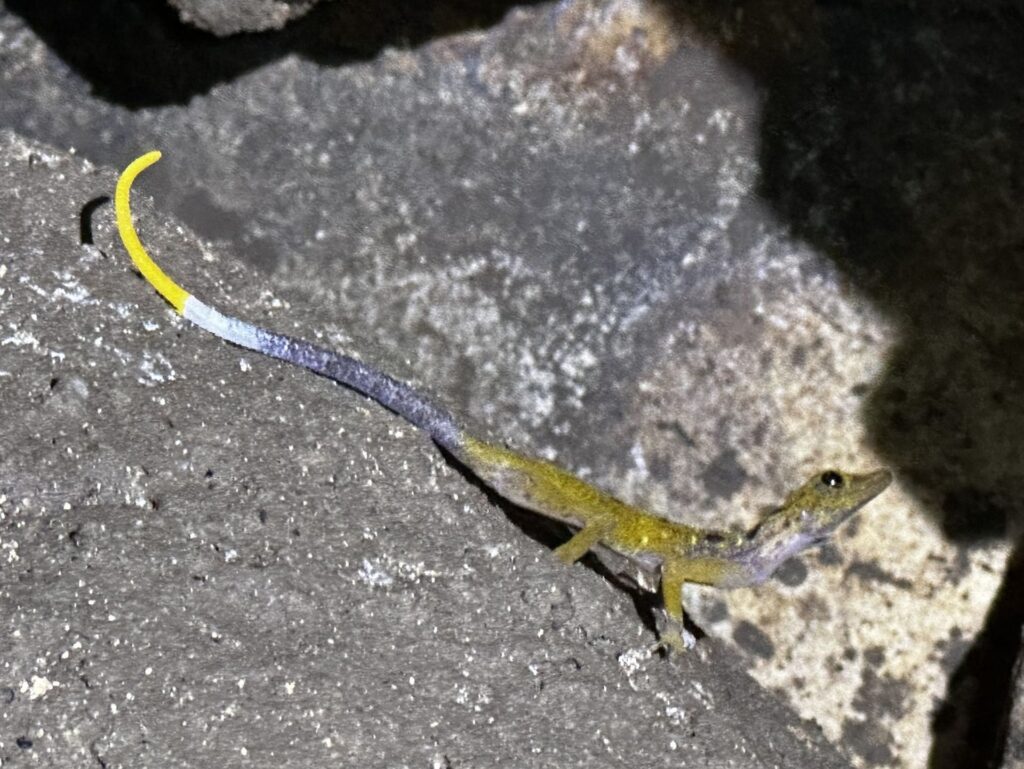
The Psychedelic Rock Gecko (Cnemaspis psychedelica) represents one of the most valuable small lizards in the world, with prices that have reached $10,000 per pair when they first entered the pet trade. Native exclusively to the small Vietnamese island of Hon Khoai, these geckos display an extraordinary pattern of orange and blue coloration that seems almost artificially enhanced. Their limited distribution—restricted to just a few square kilometers of habitat—combined with Vietnam’s subsequent export ban has made legally-obtained specimens extraordinarily valuable. Conservation efforts have been established to protect this species, whose wild population faces serious threats from habitat loss and illegal collection, making ethically-sourced captive breeding programs crucial to their survival both in the wild and in collections.
Rare Leachianus Geckos
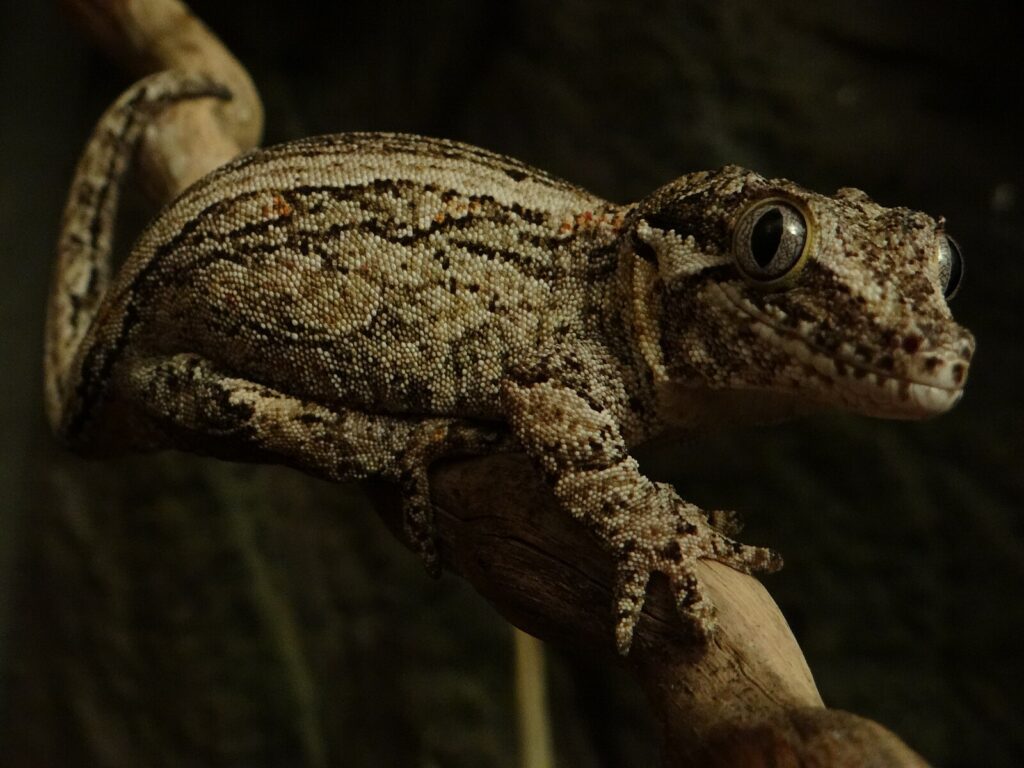
The Leachianus Gecko (Rhacodactylus leachianus), particularly specimens from specific island localities like Nuu Ana or Mt. Humboldt, can command prices ranging from $3,000 to over $8,000 for exceptional examples. As the world’s largest gecko species, these impressive animals from New Caledonia feature unique personalities, remarkable longevity, and distinctive vocalizations that make them particularly desirable to serious collectors. The value varies significantly based on the locality, with certain island populations being more sought after due to their distinctive patterns, colors, or size potential. Their relatively slow reproductive rate, with females typically producing only 6-12 eggs annually, contributes to their high cost, as building breeding populations takes significant time and investment.
The Market for Designer Bearded Dragons
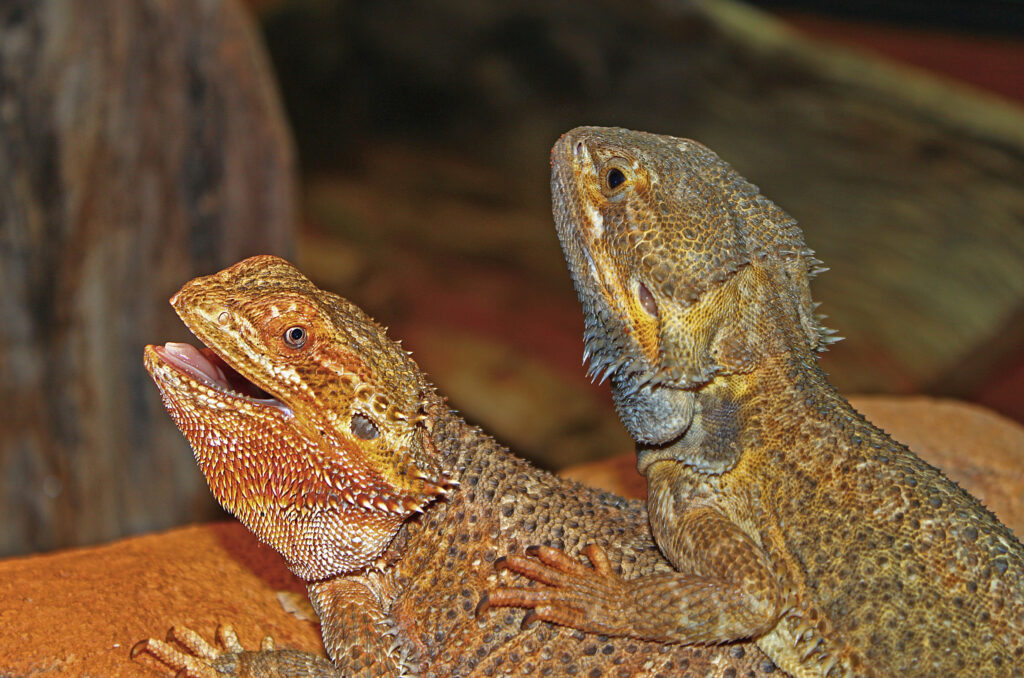
While standard Bearded Dragons are relatively affordable, the high-end designer morph market has produced specimens selling for astonishing sums, with certain rare combinations commanding $5,000-$10,000 or more. The most valuable typically combine multiple rare genetic traits like translucent scaling, silkback (scaleless) mutations, hyper-melanistic coloration, or the coveted “witblit” pattern. These designer dragons represent years of selective breeding and genetic understanding, with breeders investing substantial resources to develop new and unique variants. The primary market for these ultra-premium reptiles consists of serious collectors and other breeders looking to incorporate these genetics into their own programs, rather than typical pet owners. Some morphs, particularly those affecting scales like silkbacks, come with additional health considerations that require specialized care protocols.
Rare Cyclura Iguanas

Among the most expensive and rare lizards legally available are certain Cyclura species, particularly the Grand Cayman Blue Iguana, which can command prices of $10,000 or more when legally available through conservation breeding programs. These critically endangered iguanas have faced devastating population declines in the wild, with conservation breeding initiatives serving as their lifeline. Legal ownership typically involves working directly with authorized conservation organizations and requires extensive documentation of proper facilities and expertise. Their extraordinary value stems not only from their rarity but from their importance as ambassador animals for conservation efforts and their impressive lifespans, which can exceed 60 years with proper care. Most Cyclura species are protected under international law, making legal acquisition complicated and highly regulated.
The Investment Aspect of Rare Lizards

For some collectors, expensive lizards represent not just pets but financial investments, with breeding pairs of rare species or morphs potentially generating substantial returns. A single breeding pair of rare monitors or geckos can produce offspring worth tens of thousands of dollars annually when managed properly. This investment approach requires significant expertise in both husbandry and business management, as successful breeding of high-value species demands precision environments, genetic knowledge, and often specialized veterinary care. The market for premium reptiles can be volatile, however, with values sometimes dropping quickly when a previously rare morph becomes more widely available through successful breeding programs. Established bloodlines with documented lineage and proven genetics typically maintain value better than newly emerged or undocumented specimens.
Legal and Ethical Considerations

The high-value lizard trade intersects with significant legal and ethical considerations that responsible collectors must navigate carefully. CITES (Convention on International Trade in Endangered Species) regulations restrict or prohibit trade in many valuable species, making proper documentation essential for legal ownership. Laundering of wild-caught specimens through fraudulent captive breeding claims represents a serious problem, particularly with newly discovered or rare species that command premium prices. Ethical collectors prioritize animals with verifiable captive-bred origins and proper import documentation when applicable. Beyond legality, the ethical responsibility of owning animals worth thousands of dollars includes providing appropriate specialized care, having contingency plans for the animal’s long-term welfare, and considering whether ownership contributes positively or negatively to conservation efforts for the species.
The Specialized Care Requirements
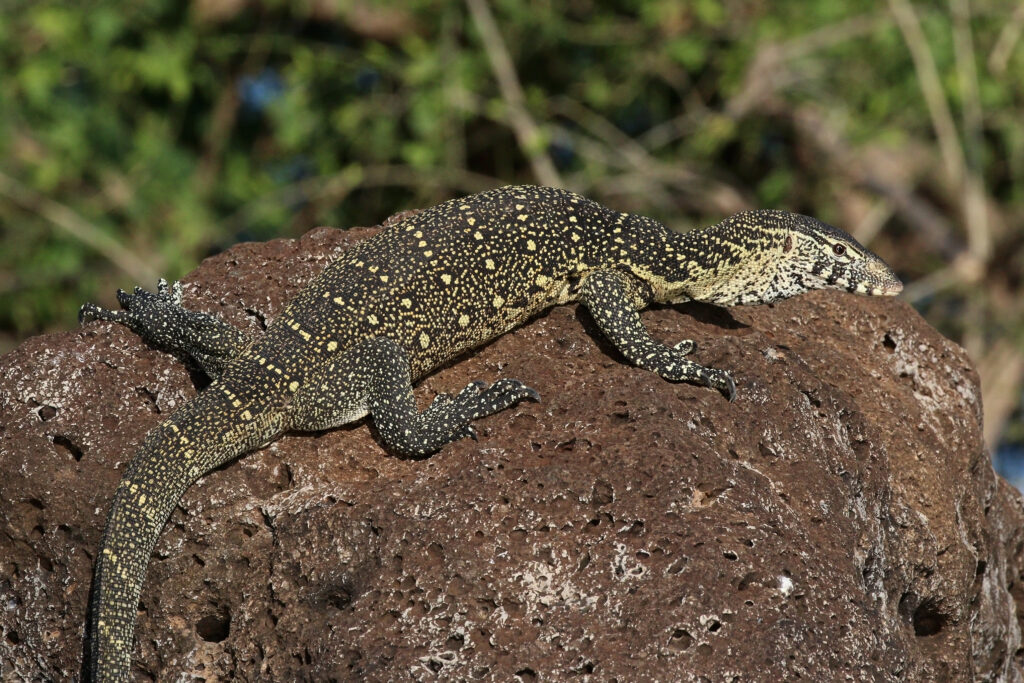
Most ultra-premium lizard species demand extraordinary care commitments that go far beyond typical pet reptile needs, justifying part of their exceptional cost. Green Tree Monitors require complex arboreal enclosures with precise humidity gradients, specialized UVB lighting, and carefully monitored temperatures that replicate their native rainforest canopy environment. Large monitor species like the Crocodile Monitor need custom-built enclosures often exceeding 500 square feet with robust security features to safely contain these powerful predators. The financial investment extends well beyond the initial purchase price, with annual care costs potentially reaching thousands of dollars for specialized diets, veterinary care, and environmental control systems. Proper care often requires partnerships with exotic animal veterinarians and specialized equipment that may need to be custom-fabricated to meet these animals’ unique requirements.
Future Trends in the High-End Lizard Market
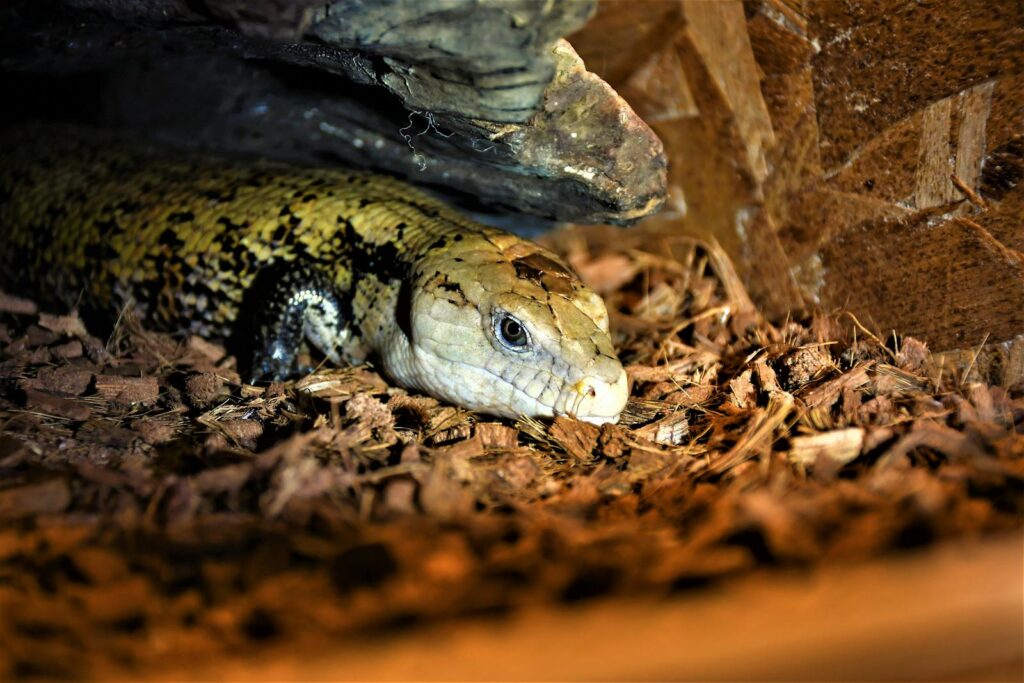
The market for premium lizards continues to evolve, with several factors likely to influence future valuations and availability. Advancing technologies in genetic testing are allowing breeders to identify carriers of recessive traits more efficiently, potentially accelerating the development of new morphs and combinations. Climate change and habitat destruction threaten many species in the wild, potentially increasing the conservation value of established captive populations and driving prices higher for legally-acquired specimens. Shifting regulations, particularly in export countries, can dramatically affect availability, as seen when Indonesia periodically adjusts its monitor lizard export quotas. The growing emphasis on sustainable and ethical collecting practices may create premium pricing for species with well-documented, conservation-positive breeding programs, creating a market differentiation between ethically and questionably sourced animals.
The Responsible Ownership Commitment
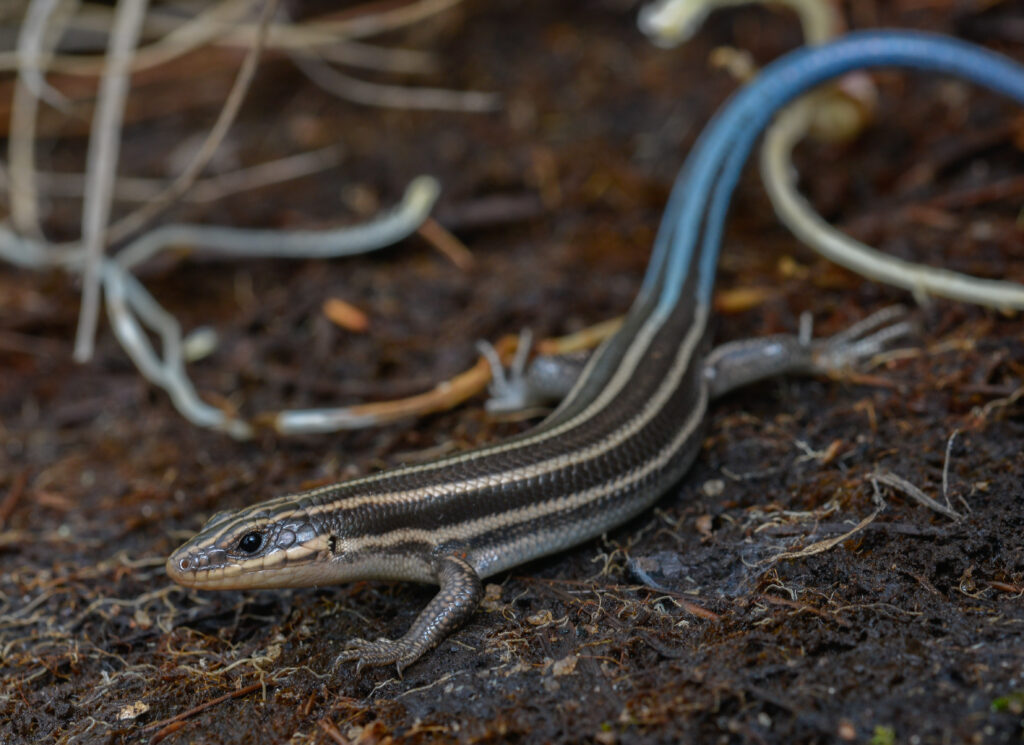
Acquiring an extremely expensive lizard represents not just a financial commitment but a moral one to provide decades of specialized care for an animal with complex needs. Many of the most valuable species can live 20-40 years or more in captivity, requiring owners to make long-term provisions for their care. Proper facilities often need dedicated climate-controlled rooms or custom-built structures that maintain precise environmental parameters year-round regardless of local conditions. The responsibility extends to having contingency plans for the animal’s care should the owner’s circumstances change, including relationships with zoological institutions or specialized rescues that can accommodate such rare animals. Truly responsible ownership involves contributing to the species’ welfare beyond individual animals, often through participation in studbooks, conservation programs, or research initiatives that benefit the species as a whole.
Conclusion
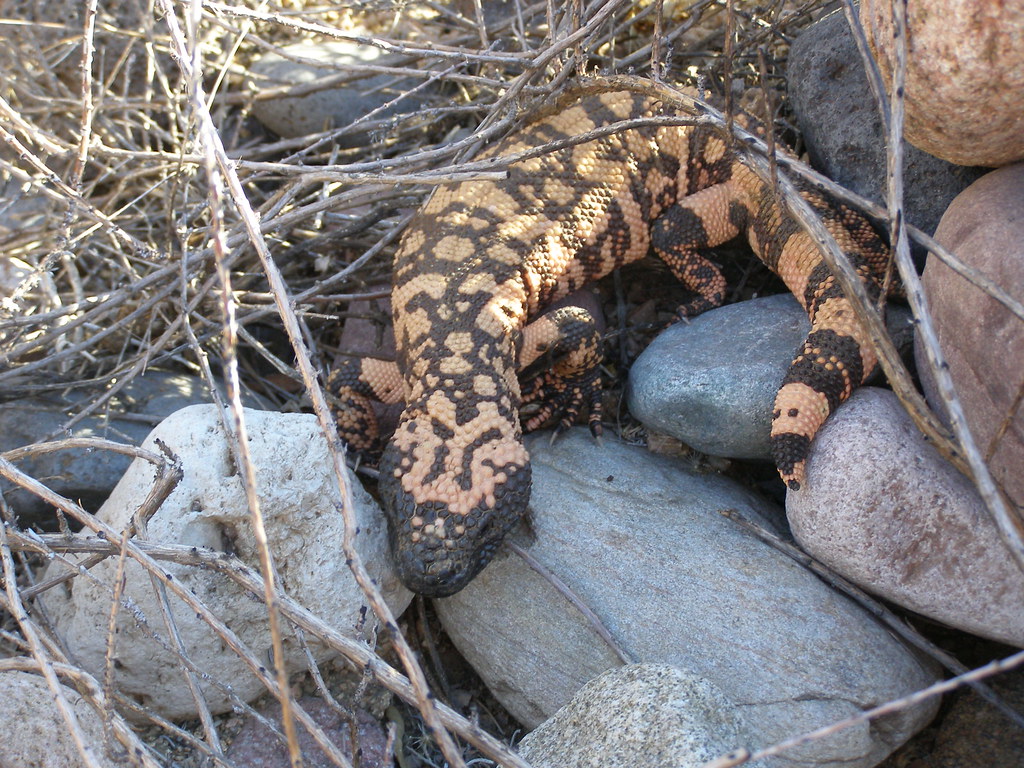
The world of high-value lizards represents a fascinating intersection of hobbyist passion, conservation concerns, and serious financial investment. While standard pet lizards remain accessible to most enthusiasts, the upper echelon of the market caters to specialized collectors with both the financial resources and expertise to properly maintain these extraordinary animals. Whether valued for their rarity, striking appearance, or conservation significance, these premium species remind us of both the remarkable diversity of reptilian life and our responsibility toward preserving it, both in captivity and the wild. For those considering entering this specialized market, the journey should begin not with a purchase but with education, mentorship, and a clear understanding of the lifetime commitment these exceptional animals require.

